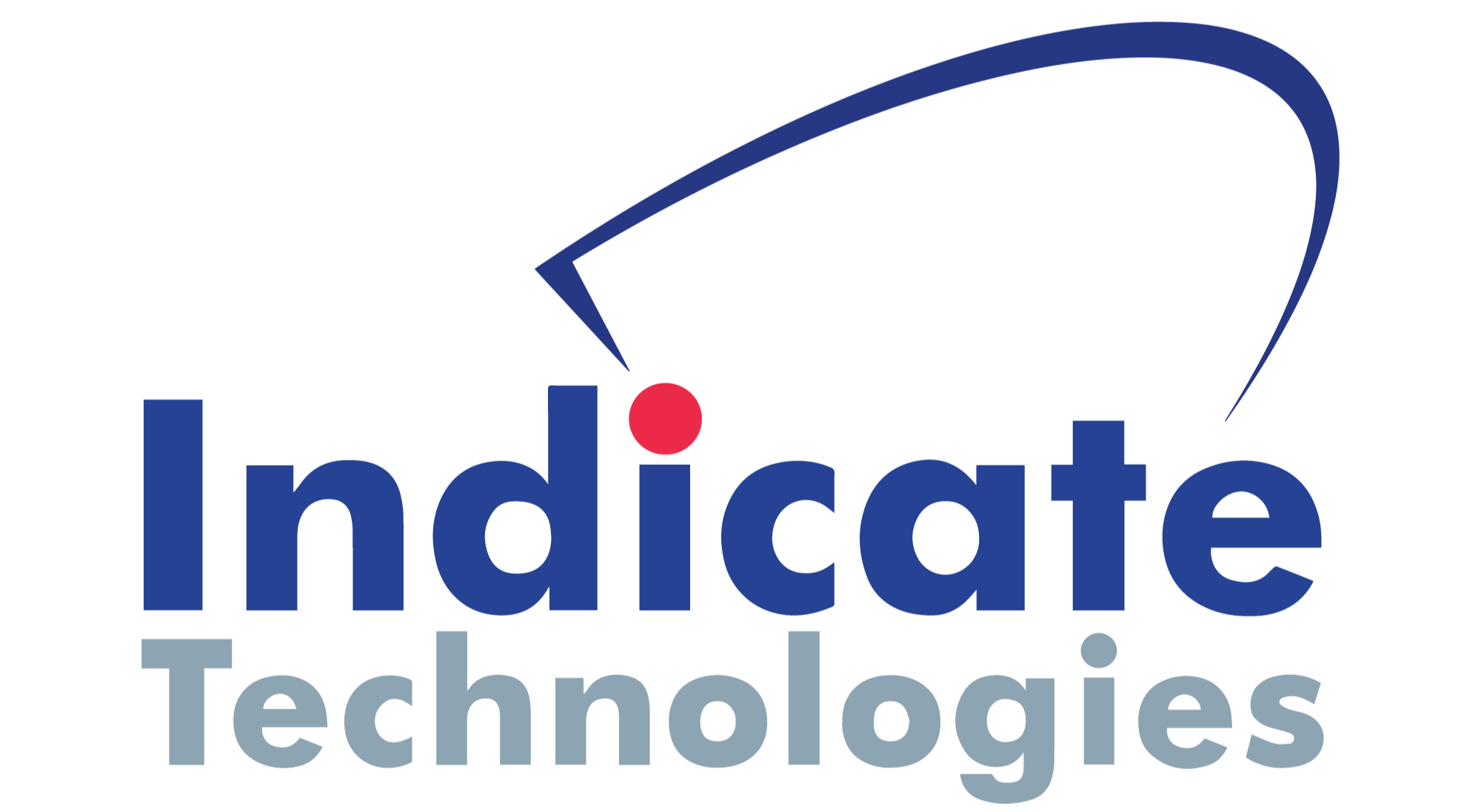Geometric Dimensioning and Tolerancing (GD&T) is a symbolic language used in engineering and manufacturing to define and communicate design specifications. It enhances clarity and precision by specifying functional tolerances for size, form, orientation, and location of features on a part or assembly. When implemented well, GD&T ensures that parts fit together accurately and function as intended.
At Indicate Technologies, we offer comprehensive GD&T training programs to equip individuals with the knowledge and skills to interpret and apply GD&T principles effectively. Our courses cover the fundamentals of GD&T, including symbols, datums, tolerances, and measurement techniques. Participants gain practical insights into interpreting engineering drawings, creating proper tolerancing schemes, and optimizing manufacturing processes. Our goal is to empower professionals with the expertise to improve quality, reduce costs, and enhance communication within the design and manufacturing industry.



